How to plant almonds in the country and care for shrubs
Sadness will drown in a pink haze
The heart will be filled with sweet hope.
Almonds will only bloom in the garden,
And delicate petals a luxurious veil
For bright joy, open the doors wide.
The enchanting beauty of blooming almonds, reminiscent of a huge pale pink ball, is breathtaking. But the shrub does not lose its attractiveness even after the large petals, generously strewn with its branches, fly around. The compact, highly shapeable crown and the unusual shape of the dark green leaves have put it on the list of preferences of landscape designers. Distinguished by culture and versatility of use. Often it is grown as part of hedges of any height, but a single almond will look no less impressive in the garden.
We are looking for a suitable site
Planting the shrub will be successful if you choose the right place for it. The plant does not like tightness and does not tolerate shade well. The guarantee of its health and abundant flowering is free access of air and sunlight, combined with reliable protection from drafts and gusty winds. The southern part of the garden is ideal for almonds. It is best to choose an area that is well lit throughout the day. You can plant it near tall trees. The decorativeness of the shrub will not be affected if it is in the light shadow cast by them for 2-3 hours a day.
The culture does not impose special requirements on the quality and structure of the soil. Light loam or sandy loam soils with a rich supply of nutrients and a significant depth of groundwater are most suitable for it. In them, the almond roots will not suffer from stagnant moisture and lack of oxygen. If the land on the site is dense and contains a lot of clay or it is prone to flooding, the cultivation of the shrub will most likely end in its death.
The soil reaction is also important for the culture. Ornamental almonds are cultivated on neutral or slightly acidic soils. If the pH goes beyond 4.5-7.5, the soil will have to be neutralized or discarded before planting the shrub. In acidic or salty soil, the plant will be weak and vulnerable to disease.
Getting ready for landing
Almonds are deciduous crops. You can plant it in the fall or spring. In the first case, the procedure is entered after the ornamental shrub has dropped all the leaves. In the second, they are guided by weather conditions. Planting almonds is carried out when the heat is finally established. If the threat of frost persists, it is better to postpone it. In the early stages of development of a thermophilic plant, they can greatly harm it. No care will help to correct such consequences. Autumn planting of culture is more often practiced.
Under natural conditions, almond bushes are usually found on rocky slopes. Therefore, he will easily transfer the presence of boulders and cobblestones on the site, you can not waste energy trying to remove them. The seedlings are placed in pits of medium depth (about 30 cm). If there are several bushes, an interval of 3-5 m is left between them. Planting almonds in rows will require a lot of space. The distance from one to the other should be approximately 5 m.
The shrub needs good drainage, so the bottom of the pit is covered with a layer of rubble or broken brick, and sand is poured on top. Growing almonds will require support. It is better to install it right away by driving a long stake into the center of the landing pit. The height of the support should be at least 0.5 m. Annual plants take root better on the site.To make planting less stressful for almond bushes, a cloudy and cool day is chosen for it. It is carried out early in the morning or in the evening. The procedure includes several stages.
- The roots of the seedling are dipped in a clay mash.
- The plant is placed in a hole so that its root collar is above the soil surface (it rises 2-3 cm above it).
- A fertile loose substrate is poured, consisting of the top layer of soil, leafy earth, humus and sand.
- With an acidic reaction of the soil, lime or dolomite flour is added to the pit.
- The soil around the plant is compacted and the planted ornamental almonds are abundantly watered (1-1.5 buckets of water).
After absorbing the liquid and settling the soil, the future bush is tied to a support. Planting ends with mulching of the trunk circle. Dry soil or peat is well suited for these purposes. A layer of mulch is poured so that it does not cover the root collar of the plant.
Advice
Almonds are characterized by cross-pollination. Growing it will be less of a hassle if you place not one, but 2-3 bushes in the garden. Basically, the shrub is pollinated by bees, so it is good if the site is located near the apiary.
We water and feed
Decorative almonds in the garden do not require much attention. Growing it is no more difficult than any other shrub. Even beginners can provide him with proper care.
The treatment consists of standard procedures:
- glaze;
- loosening the soil;
- weed removal;
- dressing;
- trimming;
- preventive measures aimed at combating diseases and pests.
The shrub will delight you with a luxurious and long flowering in moist soil. It cannot be allowed to dry out, otherwise the loose buds will quickly fade. When watering, it is important to observe the golden mean. Excess moisture will cause decay of the root collar of the bush and its death. The amount of water applied depends on the type of soil. If an area with sandy soil is allocated for growing almonds, abundant watering is needed. On loamy soils, moistening is carried out moderately. The time for the next procedure is determined by the state of the soil in the trunk circle. If its top layer (1.5-2 cm) is dry, it has come. Usually almonds are watered once a week, spending 1 bucket of water on such care.
Moisten the soil, loosen it. If the bush is still young, then the soil is treated shallowly - by 5-7 cm. Adult plants require more intensive care. Around them, loosening is carried out to a depth of 8-10 cm. Almonds do not like the neighborhood of weeds. The soil in the trunk circle must always be clean.
Ornamental shrub responds well to fertilization. They feed him during the entire growing season. In the spring, you can not add mineral compounds to the soil, but mulch the trunk circle with nutritious organic matter (rotted manure or mullein). Later, for dressing use urea and ammonium nitrate, dissolving them in water and watering the plants with this mixture. With the arrival of autumn, caring for almonds complements the introduction of potassium-phosphorus compounds into the soil. Potassium sulfate and double superphosphate have proven themselves well.
We carry out trimming
When growing a shrub, you will have to master the rules for pruning it. If you do not include this procedure in the mandatory care of it, the decorative effect of the almond will decrease, and its flowering will be poor. Cut it for sanitary purposes and for crown formation. In the first case, the procedure is carried out in early spring. It is important to be in time before the start of sap flow.
With sanitary pruning, the following types of branches are disposed of:
- damaged;
- sick;
- beaten by the frost;
- dry;
- thickening the crown;
- growing inside it;
- interfering with each other.
When the bush fades, you can remove the shoots on which there were buds. Such care will contribute to the development and maturation of young branches on which flower buds of the next year will be laid. Then you can start formative pruning. The plant tolerates it well.
The almond crown begins to form immediately after planting.Having placed an annual bush in the ground, its shoots are shortened by 20 cm. In the next 3 years, the purpose of pruning is to form the skeleton of the plant. The main branches are laid at a distance of 20-30 cm from each other. In the summer, 2-3 pinching of unnecessary shoots is carried out. Those that need to be kept are shortened when they are longer than 60 cm in length. Caring for an adult almond bush (7 years and older) involves pruning old branches. They will be replaced by root suckers, which the shrub begins to actively give when it reaches 3 years of age.
Preparing the plant for winter
The homeland of almonds is the Mediterranean, the climate of which is characterized by hot dry summers and mild winters with a lot of rainfall. The plant is thermophilic, therefore, by the onset of the cold period, they begin to cook it in the summer. Pinching the upper part of the shoots of the bush stimulates their lignification. Such branches can withstand frost almost without loss.
Ornamental almond bushes are found even in the gardens of Siberia. But not all of its varieties will be able to grow in this region. The culture has many varieties, but only some of them are characterized by increased cold resistance. It is better for Siberians to choose steppe almonds for planting. He is also known as wild or short. It is popularly called bean and almond among the people.
Young plants hibernate under cover. It can be made from straw or dry foliage. The height of the protective layer should be significant - at least 15 cm. Adult almond bushes do not cover. If the winter is harsh, the flower buds on the plant and the ends of its shoots may freeze slightly. But do not panic when you find such signs on the bush. The decorativeness of its crown is restored quickly. The consequences of a snowy winter are more serious. Under a thick layer of ice grains, the root collar of the plant can vanish.
Few of the ornamental shrubs can boast as many virtues as almonds. It is distinguished by its rapid growth, unpretentiousness, drought-resistant, adapted to urban conditions. Its flowers attract bees, making the plant a valuable melliferous crop. If you properly care for almonds, it will delight more than one generation with its beauty, because the life of a bush can last more than a century.
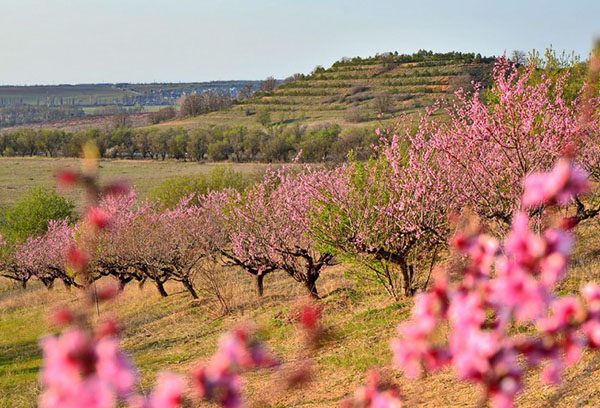

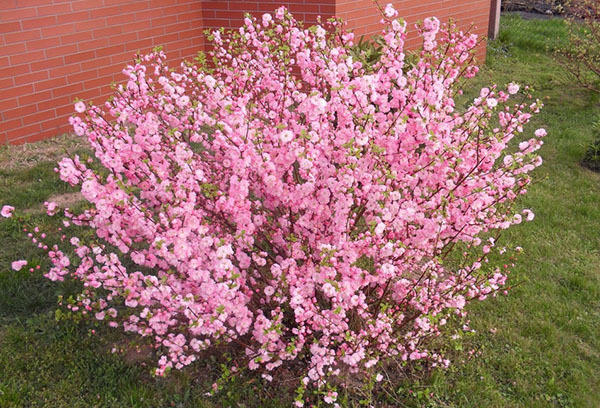

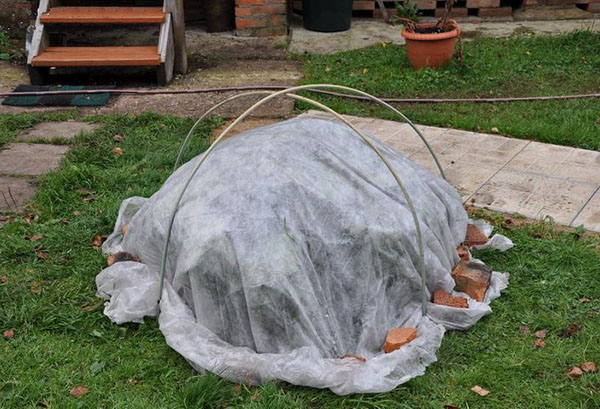
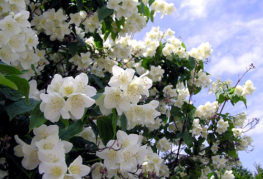
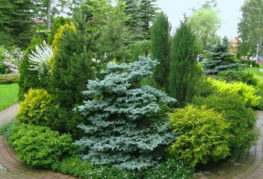

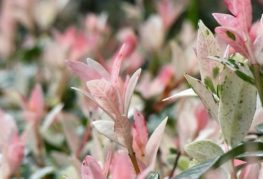
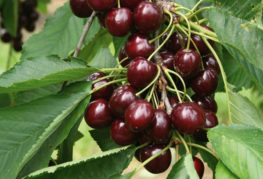
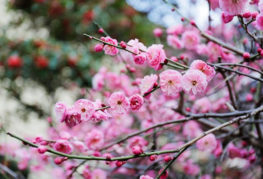
and will be published shortly.